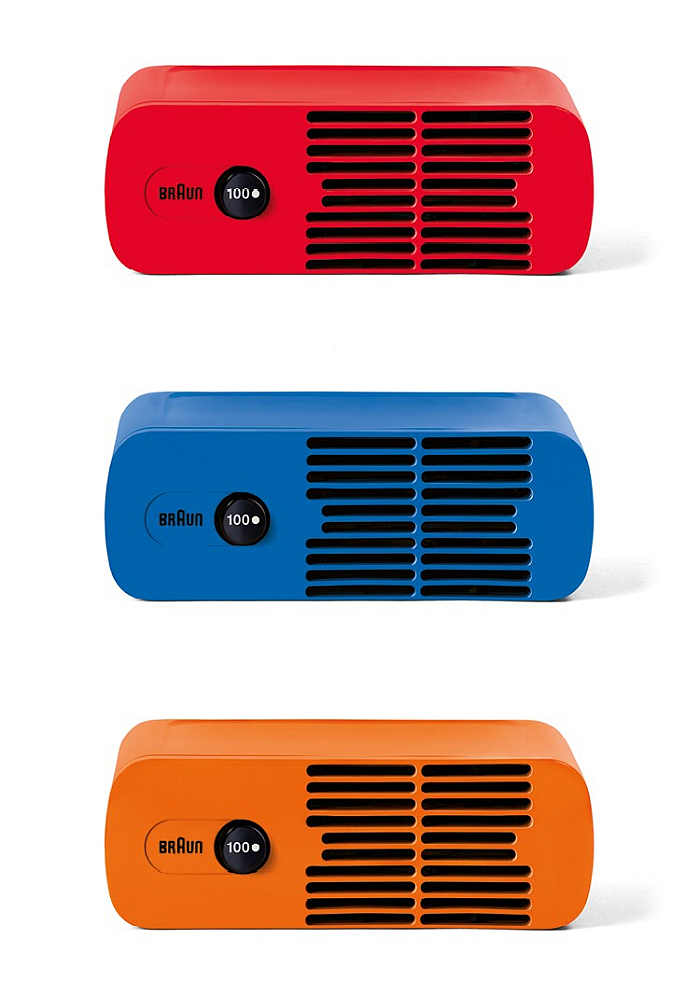As the 19th century English poet Robert Browning so very, very, nearly phrased it:
Oh, to be in Berlin, Vienna, Chemnitz, 's-Hertogenbosch, or Berlin (again), Now that April's there, And whoever wakes in Berlin, Vienna, Chemnitz, 's-Hertogenbosch, or Berlin (again), Sees, some morning a most interesting, entertaining and instructive sounding architecture and/or design exhibition, While the chaffinch sings on the orchard bough......
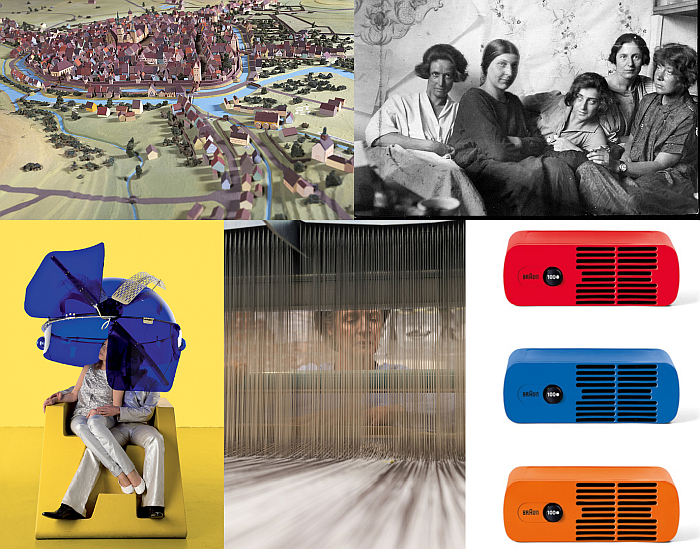
For all that the Dutch designer Hella Jongerius is known for objects, a, the, larger component of her work is concerned with experimentation and exploration of and with colours, materials and/or production processes, and on reflections on both the relationships between objects, spaces, users and wider social, cultural, environmental, economic et al systems as well the realities of contemporary production, and the possibilities of future alternatives.
Considerations Hella Jongerius will undertake in context of Woven Cosmos, and as the title implies, via weaving; not only one of the oldest craft production process, nor only one of the production processes most closely related to the development of our global societies, but a process which, despite appearing to be very much as it always has been, is a process which over the centuries has not only continually evolved and diversified but has continually found itself in ever new contexts, and thus has not only accompanied the development of our global societies but mirrored them.
And considerations through weaving Hella Jongerius will present in an exhibition that is already growing within the Gropius Bau: since autumn 2020 Jongerius and her team have been weaving installations within and throughout the Gropius Bau, a development that is intended to continue throughout the run of Woven Cosmos, making Woven Cosmos an exhibition every bit as dynamic and interactive as the act of weaving; and which in many regards also places Woven Cosmos in context of the position Hella Jongerius & Louise Schouwenberg expounded in Beyond the New at the Die Neue Sammlung Munich that product and industrial design doesn't belong in museums, that a functional object denied its function is, in effect, a meaningless absurdity. The nature of the installations and projects presented in Jongerius's Woven Cosmos should make them, at least a little, more, if one so will, authentic.
In certain regards a development of the 2019 showcase Interlace, textile research staged and presented by Jongerius in Lafayette Anticipations, Paris, Woven Cosmos promises to take the visitor not only through Jongerius's reflections on and positions to weaving and woven material but also into questions, such as, for example, of our relationships with weaving, of the value of weaving in contemporary societies or the place of weaving in future societies, and by extension into question of sustainability, responsibility, relationships between objects, spaces, users and wider social, cultural, environmental, economic et al systems as well the realities of contemporary production, and the possibilities of future alternatives; and in doing such promises to be an exhibition as much about Hella Jongerius, her work, positions and understandings as it is about weaving and the enabling of new perspectives on the woven.
Hella Jongerius: Woven Cosmos is scheduled to open at the Gropius Bau, Niederkirchnerstraße 7, 10963 Berlin on Thursday April 29th and run until Sunday August 15th. Please check the Gropius Bau website for current information.
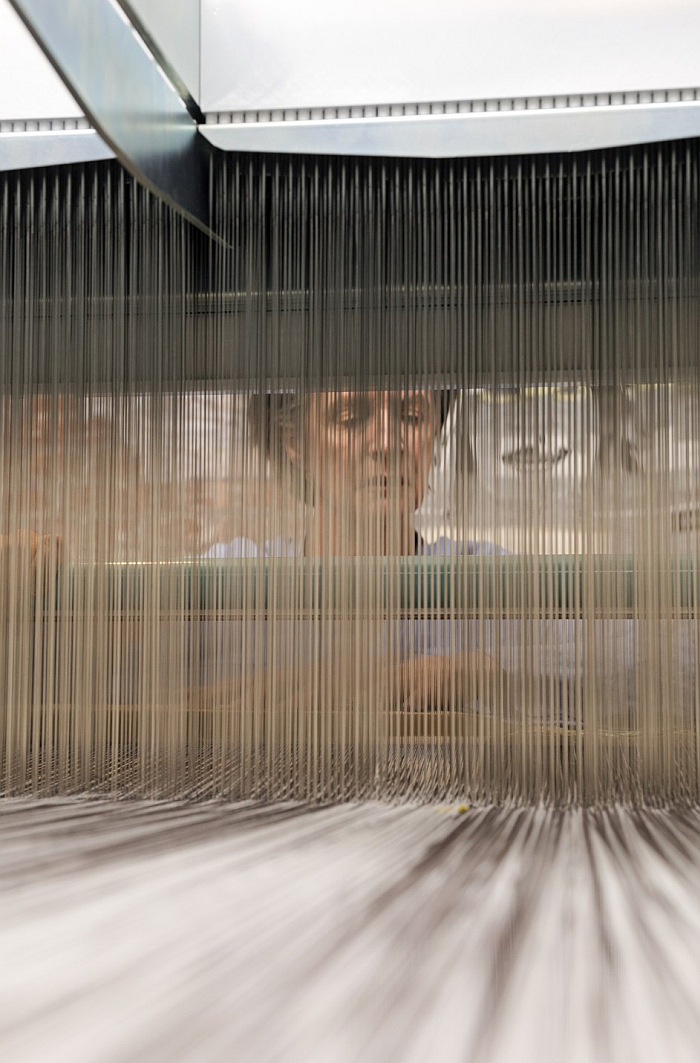
Established in 1903 the Wiener Werkstätte played an important role, one of the leading roles, in both the development of understandings of and positions to design in early 20th century Austria-Hungary, and also in the establishing of the, then, contemporary design thinking and formal expression in early 20th century Europe, and thereby had an important role in the progression away from the Art Nouveau of the late decades of the 19th century towards the myriad new expressions and understandings of the inter-War years; yet if asked to name a creative associated with the Wiener Werkstätte most all of us would struggle to move beyond its co-founders, Josef Hoffmann and Koloman Moser.
The Museum für angewandte Kunst, Vienna, have a further 180 names: 180 creatives associated with the Wiener Werkstätte from before its formal establishment until its demise in the early 1930s; 180 creatives who helped form the Wiener Werkstätte to that which it is understood as today; 180 creatives whose names are only rarely, if ever, seen in public; 180 creatives who are all female. And 180 creatives from whom works by ca 90 will feature in Women Artists of the Wiener Werkstätte.
Works which the Museum für angewandte Kunst aim to use as a conduit by which to explore and elucidate the contribution of female creatives to the (hi)story of the Wiener Werkstätte, or perhaps better put explain that female creatives contributed to the (hi)story of the Wiener Werkstätte, and by extrapolation help us move towards more durable understandings of the development of design in the 20th century, help us achieve a more accurate narrative; and also as conduits to exploring and elucidating the realities of female creatives in early 20th century Austria-Hungary, from the training, to the opportunities they did and didn't have, and on to the hostility and discrimination they faced.
And which in doing so should not only allow for better understandings of the (hi)story of the Wiener Werkstätte and in Austria-Hungary, but for all should help the 180 creatives regain their place on design's helix and thus allow their names to be seen and recognised more regularly and more widely.
Women Artists of the Wiener Werkstätte is scheduled to open at the MAK – Museum für angewandte Kunst, Stubenring 5, 1010 Vienna on Wednesday April 21st and run until Sunday October 3rd. Please check the MAK – Museum für angewandte Kunst website for current information.
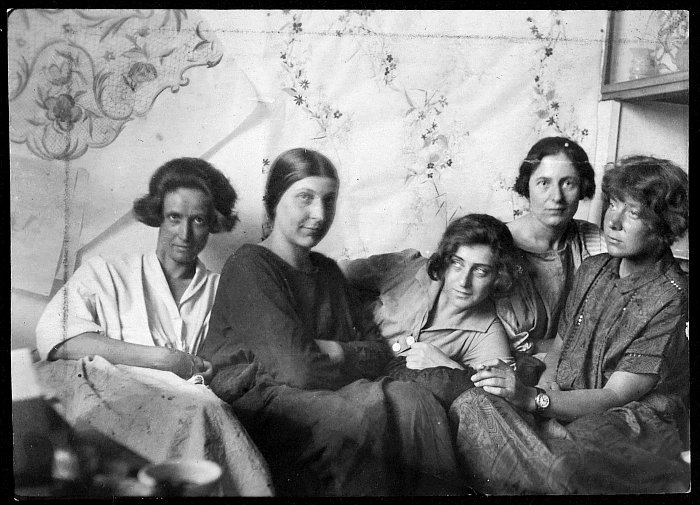
Cities aren't just buildings, roads and vegetation, nor are cities just the people and other animals who inhabit them, nor even are cities just the production, politics and commerce that occurs within them or even just their relationships to other locations. Cities are all these things, and for all are the interactions between their many components; complex, inter-twinned social, cultural, economic, political, et al interactions which means that any given city is always more than the sum of its parts.
And always have been.
And which makes an archaeology museum a most appropriate, if only rarely employed, location for approaching a differentiated understanding of the term city. And understandings of our cities.
Promising a presentation that stretches in time from ancient civilisations over the Middle Ages, more recent ages and on into the future, and geographically from international to local, sächsisch, metropoli, Between Skyline and Latrine aims to explore both physical and practical aspects of our built environments - the skyline and latrine of the title standing representative for cities growing in height and stature over time, but also becoming ever denser and more demanding as they do - and also more theoretical, intangible, aspects, such as the questions to whom a city a belongs, or of equitable inclusion amongst the disparate tribes that have always occupied cities.
And in doing so should not only allow for fresh insights into the (hi)story of the city, into the (hi)story of the development of the city as a human-made ecosystem, but should also allow for fresh insights into how our contemporary cities got to where they are today, and which should provide fresh impetuses for more differentiated reflection on contemporary, and future, urban planning, architecture, mobility, etc...
The City. Between Skyline and Latrine was scheduled to open at smac - Staatliches Museum für Archäologie Chemnitz, Stefan-Heym-Platz 1, 09111 Chemnitz on Thursday April 1st, it won't, but will open as soon as local conditions allow and run until Sunday September 26th. Please check the smac – Staatliches Museum für Archäologie website for current information.
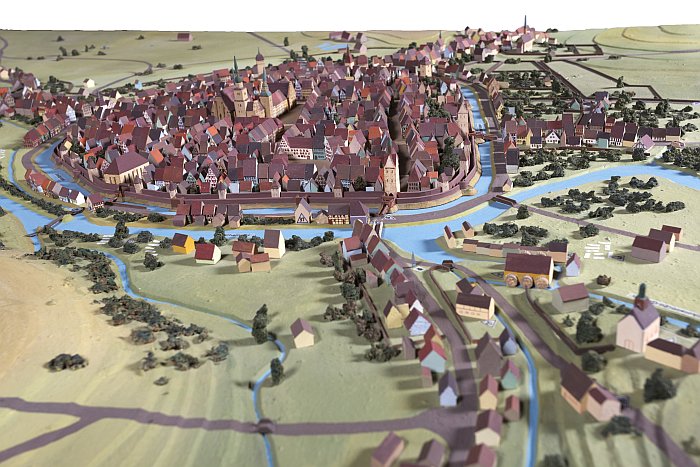
If the aforementioned Wiener Werkstätte, and the associated Wiener Secession, marked a breach with prevailing artistic and aesthetic understandings of the Austria of the period, it was, arguably, although there is admittedly room for convincing arguments otherwise, but, arguably, it was nowhere near as radical a breach as that sought in 1960s and 1970s Austria by individuals and collective such as, and amongst many others, Hans Hollein, Coop Himmelb(l)au or Haus-Rucker-Co.
Inarguable is the importance and relevance of the works realised in Austria in the 60/70s not only for the development of architecture and design since then, but as components of today's discourses.
Promising a presentation of projects, installations and objects by a wide variety of protagonists and across a wide array of genres, a primary focus of Radical Austria sounds like being the position of the human body in many of those projects: physically in those works, such as, for example, Valie Export's Tapp-und-Tastkino and also more metaphysically in those work, such as, for example, Haus Rucker-Co's various Mind Expander projects. And just two of the many examples of projects realised by the Radical Austrians which underscore the speculative, experimental, provocative of many of the projects; if a speculative, experimental and provocative built upon a theoretical foundation and deliberately applied by way of forcing new perspectives, new understandings and thereby a new society. A new society enabled through a fundamental breach with the old.
"Radical Austria - Everything is Architecture is scheduled to open at Design Museum Den Bosch, De Mortel 4, 5200 AA 's-Hertogenbosch on Wednesday April 21st and run until Sunday October 3rd. Please check the Design Museum Den Bosch website for current information.
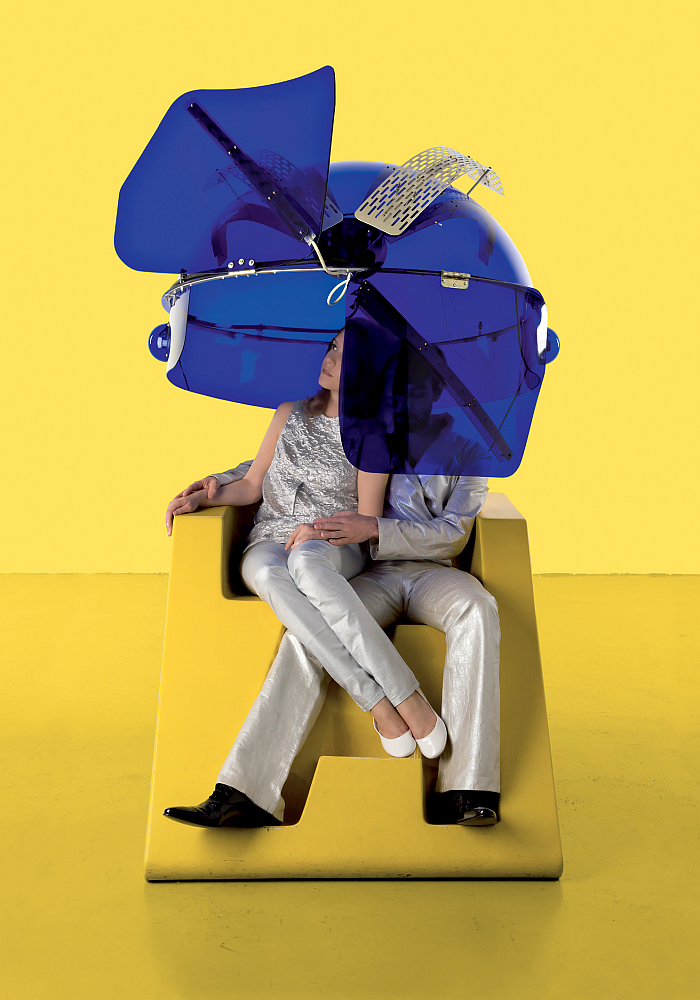
Few companies are so popularly and widely synonymous with design in post-War West Germany as Braun. Yet as the title of the Bröhan-Museum's exhibition neatly indicates the (hi)story of Braun is much longer. And not just related to post-War Germany.
A (hi)story the Bröhan-Museum will follow in Braun 100 from those early years on the roller-coaster of 1920s and 30s Germany, onto the establishment of the company as a by-word for contemporary design, contemporary lifestyles, in the 1950s through associations with the likes of Fritz Eichler, Herbert Hirche, Wilhelm Wagenfeld, or the HfG Ulm in the persons of, and amongst others, Hans Gugelot and Otl Aicher and further on to the decades under the design direction of Dieter Rams, in many regards golden years, near mythical years, in the Braun (hi)story, and finally to Braun's current position in and relationship to international design understandings, narratives and industries.
And thereby a presentation that much as it promises to elucidate and explore the Braun (hi)story, enable Braun to be understood as more than post-War formal reduction, also promises to exist as a window via which to observe the development of design in the lands of the Germanys from the roller-coaster of the 1920s and 30s over the four decades of West Germany and on into our increasingly global societies.
Braun 100 is scheduled to open at the Bröhan-Museum, Schlossstraße 1a, 14059 Berlin on Wednesday April 21st and run until Sunday August 29th. Please check the Bröhan-Museum website for current information.
